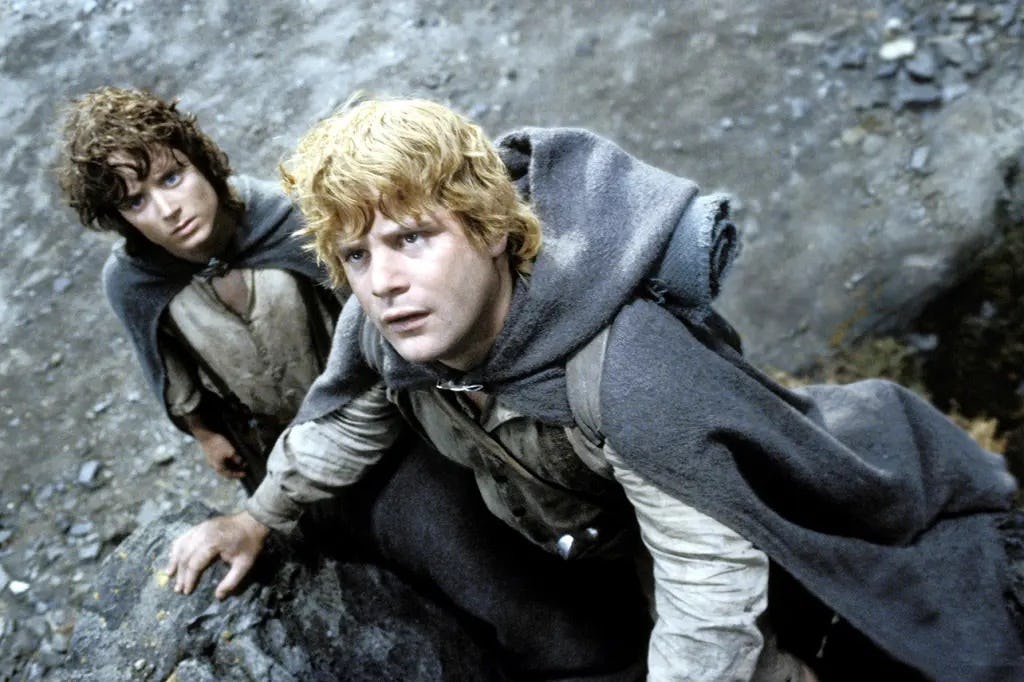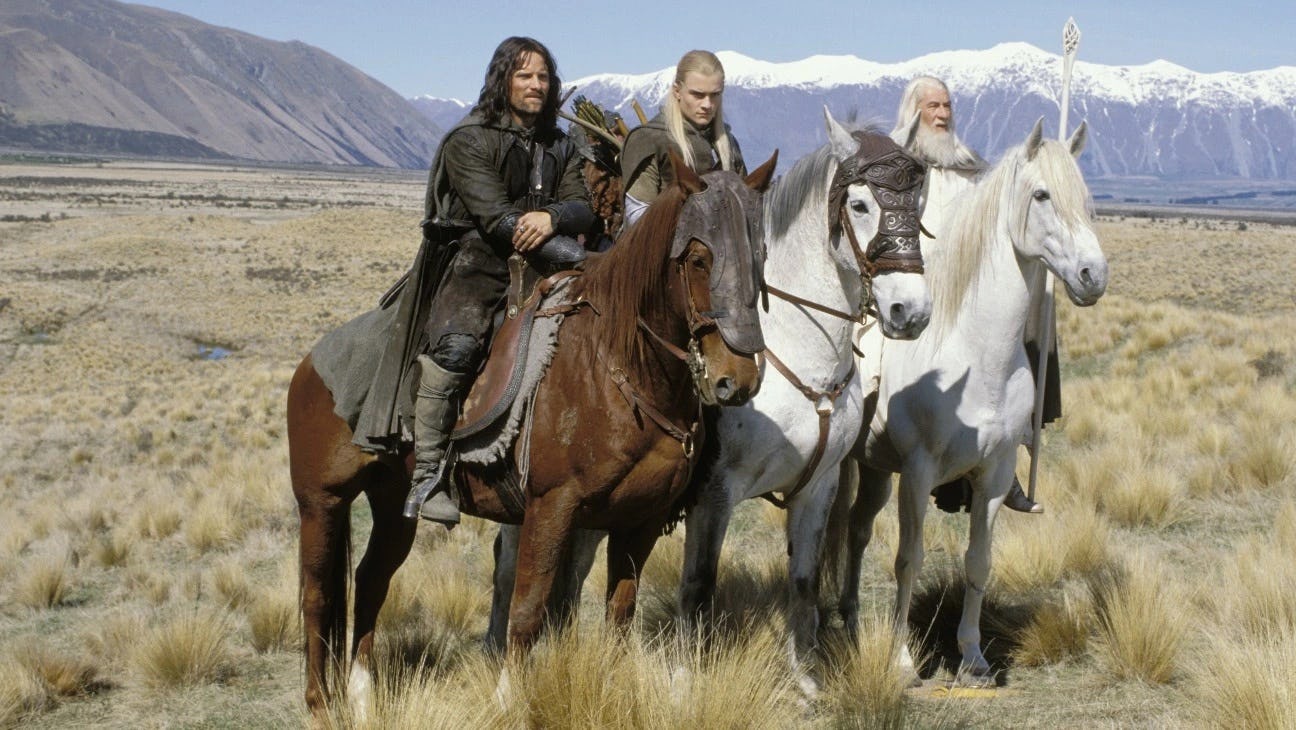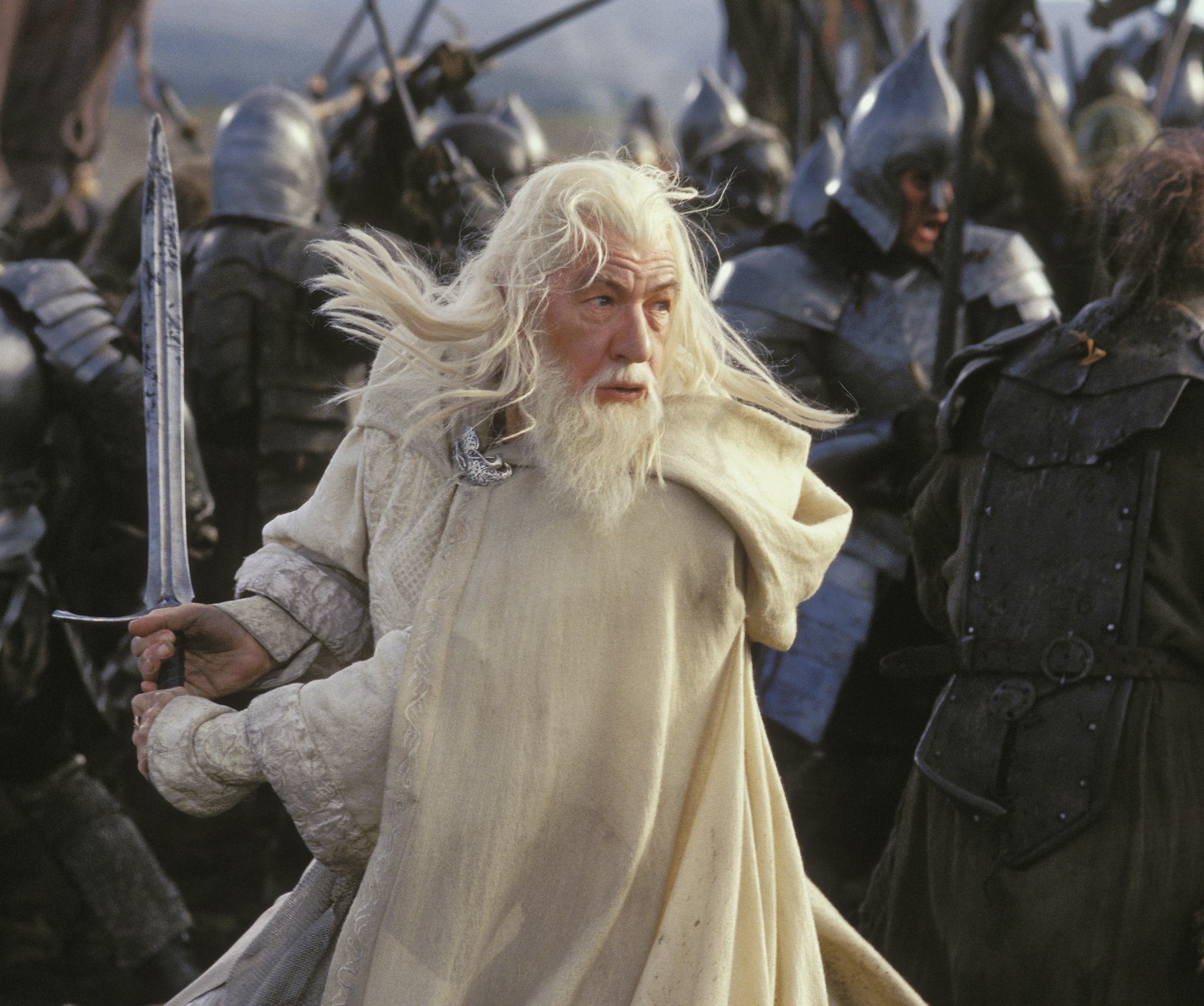
There has been no perfect adaptation of J.R.R. Tolkien’s The Lord of the Rings. But Peter Jackson’s films come pretty darn close.
The high fantasy saga, which told the story of the quest to destroy the Dark Lord Sauron’s Ring of Power before he could conquer all of Middle-earth, was once called unfilmable. Its scope was too vast, its fantasy elements too strange, and its world too impossible to render in reality.
A few animated attempts were made — Ralph Bakshi’s 1978 rotoscope film came closest to capturing that particular Tolkien feeling — but they crumbled under the weight of such a great fantasy adventure. Everyone from Walt Disney, David Lean, Stanley Kubrick, and Michelangelo Antonioni tried and failed.
Then, in 1995, Peter Jackson and Fran Walsh, his collaborator and wife, went to Miramax with a few B-horror movies under their belts and a dream: they would make The Lord of the Rings, but as a trilogy. Miramax eventually agreed to two movies, but after some tense back-and-forths and empty threats — including one in which Harvey Weinstein vowed to replace Jackson with Quentin Tarantino — Jackson’s Lord of the Rings went to New Line Cinema. In one of the most admirable yet insane business decisions ever made in Hollywood, New Line agreed to let Jackson film all three movies back-to-back with no interference on his cut. Their collective budget would balloon to $281 million.
It was a wild gamble on a relatively unknown director shepherding a multimillion-dollar experiment that had never been pulled off before. It could have been — it should have been — a tremendous flop. But somehow, Jackson’s Lord of the Rings movies became not only the most successful fantasy trilogy of all time, but some of the greatest cinematic achievements of all time. And no matter how many trilogies, fantasy hits, or misguided prequels would follow in its footsteps, it would never be replicated.
Some might argue that it all comes down to the cast, others might say it was the groundbreaking visual effects by WETA Workshop, or maybe it was the sweeping New Zealand landscape doing all the work. In truth, it was a perfect blend of all of them, and a willingness to go beyond making a slavish adaptation of Tolkien’s works.

The problem with adapting The Lord of the Rings is that roughly 40% of the text is descriptions of trees. Tolkien’s highly academic approach to his fantasy story is both what sets his story apart and what makes it so unadaptable. His is a world built on language, myth, and legend, which adds a sense of untold eternity to Middle-earth but isn’t exactly translatable to a visual story.
So Jackson did the smart thing and kept it simple. He broke the story down into its bare essentials: the call to adventure, the looming threat of evil, the camaraderie built while pursuing a common goal, the temptation of darkness, the journey of horrible losses and hard gains. And he scattered some of the best battle scenes ever put to screen amid a beautifully relatable story of guys being dudes.
It would take a much longer article to break down why each of the movies works as well as it does, but The Fellowship of the Ring comes the closest to capturing that whimsical Tolkien spirit that’s undercut by a horrible sense of loss and dread. Frodo Baggins’ sudden quest to destroy the One Ring reflects how Tolkien’s own pastoral dreams were shattered by war. Thrust into an adventure he didn’t want after years of living in a peaceful utopia, Frodo and the hobbits embody Tolkien’s own respect for the little guy, the one weird element setting his works apart from generic high fantasy stories full of warriors and rogues. Jackson’s trilogy clicks because of the deep respect and love that Jackson has for the little guy too, as he paints the Shire with warm colors and bright greens that are slowly sapped from the film as the journey gets harsher.

Despite the cozy elements scattered throughout Jackson’s Lord of the Rings movies (there’s a reason they’re considered Christmas movies), they’re unusual blockbusters because of how intimately they’re defined by loss. The Fellowship of the Ring ends with a death and the team scattered. The Two Towers sees one small battle won against Saruman, but with worse yet to come. The greatest victory in Return of the King happens almost by accident. It’s the losses and failures that counterbalance all that comfort, and that define The Lord of the Rings.
Perhaps the greatest missed opportunity on Jackson’s part was his decision to not adapt the Scouring of the Shire, the penultimate chapter that saw the hobbits return to a home in ruins. It was considered too much of a down note for such a triumphant movie to end on. But it would have felt of a piece with Jackson’s movies, a maddening, miraculous trilogy that should not have worked, but did because it understood that coziness and hardship — like light and dark — go hand-in-hand.
The Lord of the Rings trilogy is streaming on Netflix.







